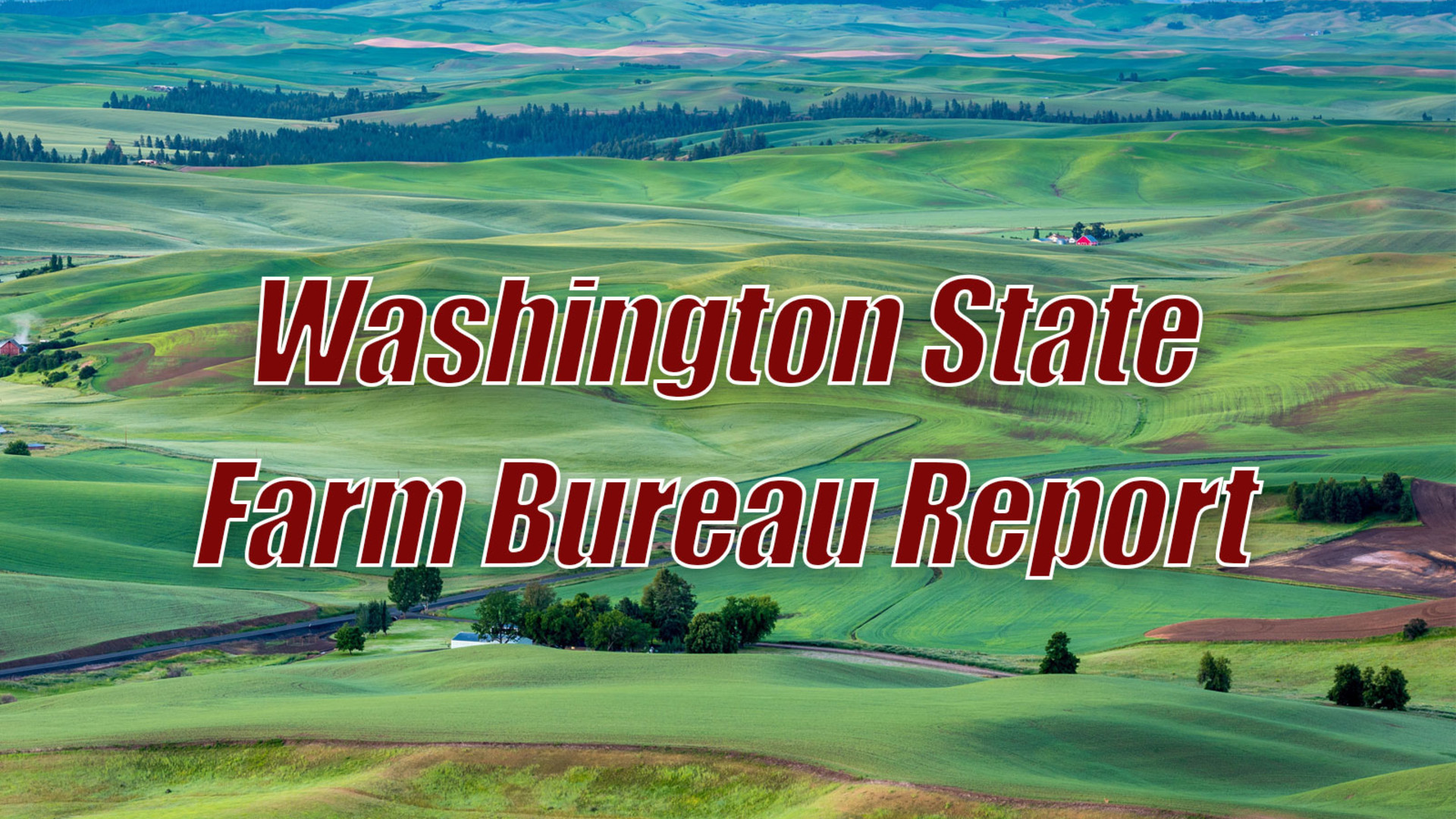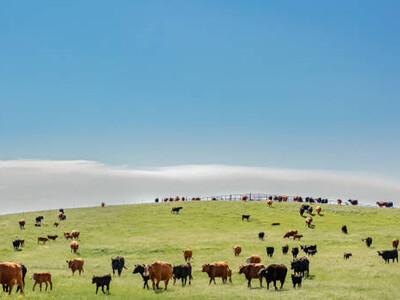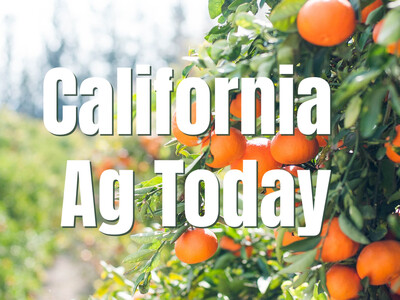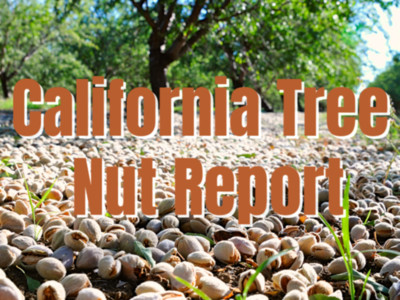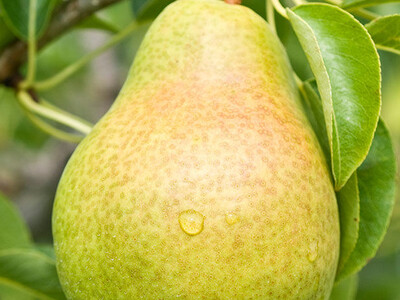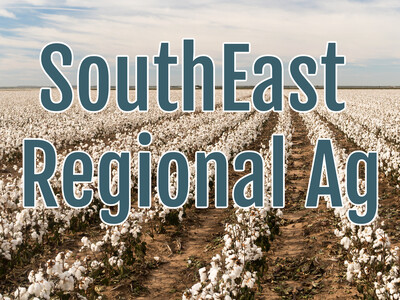Early Detection of Invasive Mussels
Early Detection of Invasive Mussels
I’m Lacy Gray with Washington Ag Today.
Zebra mussels and the closely related quagga mussels, are invasive species that have caused considerable damage in the Eastern United States. They have not yet infested the Columbia River, though they have been found on small boats trailered into the state. WSU School of the Environment Director Steve Bollens talks about the the damage these small but prolific mussels could do in the Columbia River Basin, if left unchecked.
BOLLENS: Were they to arrive and take hold, the impacts are both economic and ecological. In terms of economics they encrust basically all hard surfaces, so they have potentially very severe implications for irrigation systems, hydroelectric systems, municipal water systems, as well as recreational boats, docks. In addition to that there are concerns about the ecological impacts of these organisms. They compete with native species for food in the water column. That can have impacts throughout the entire food chain, including fish, salmon, birds.
A $630,000 research grant from the Bonneville Power Administration is helping researchers to establish cooperative monitoring standards and increase the quantity and quality of water sample analysis for early detection of the mussels.
BOLLENS: We’re going to be collecting water samples and scanning those samples with a new imaging system that is automated and allows us to very quickly access for the presence or absence of the very youngest, very smallest mussels, and that will tell us when and where the mussels are in the Columbia River Basin, then we can start thinking about what kind of mitigation efforts we might take.
The grant has also allowed U.S. Geological Survey’s Tim Counihan to lead geographical information system efforts to locate boat ramps and identify what areas of the Columbia River Basin are at greatest risk and establish boat cleaning stations if necessary.
I’m Lacy Gray and that’s Washington Ag Today on the Ag Information Network.


